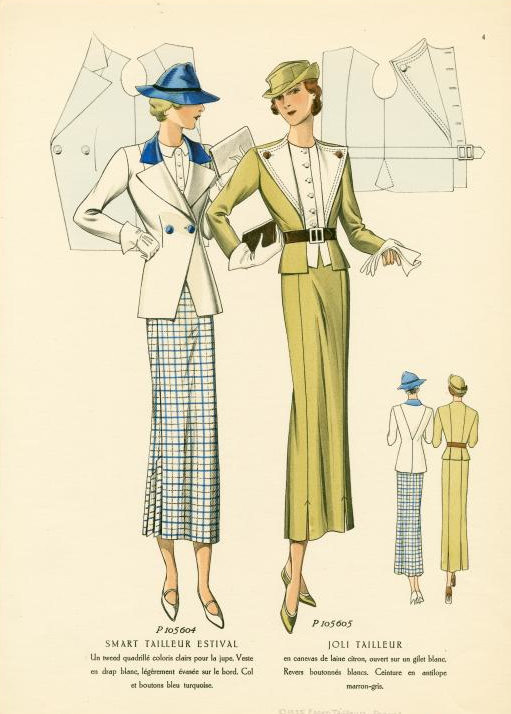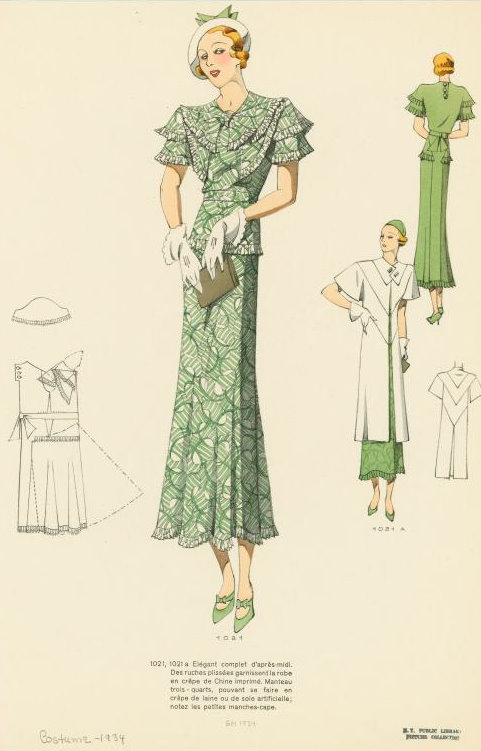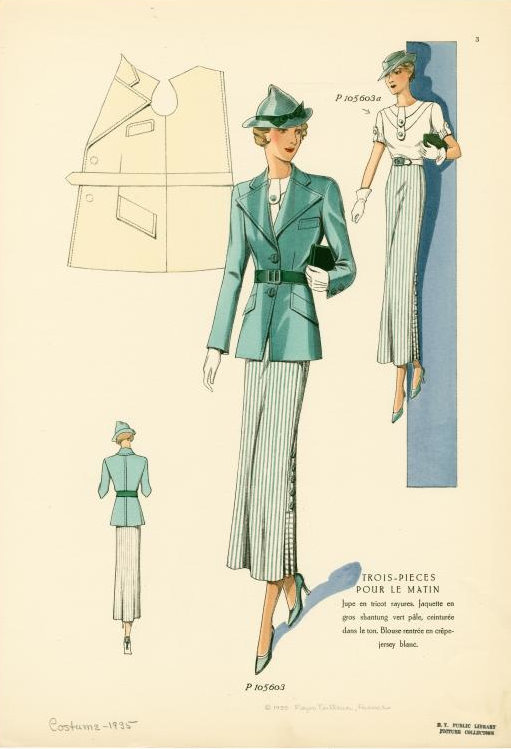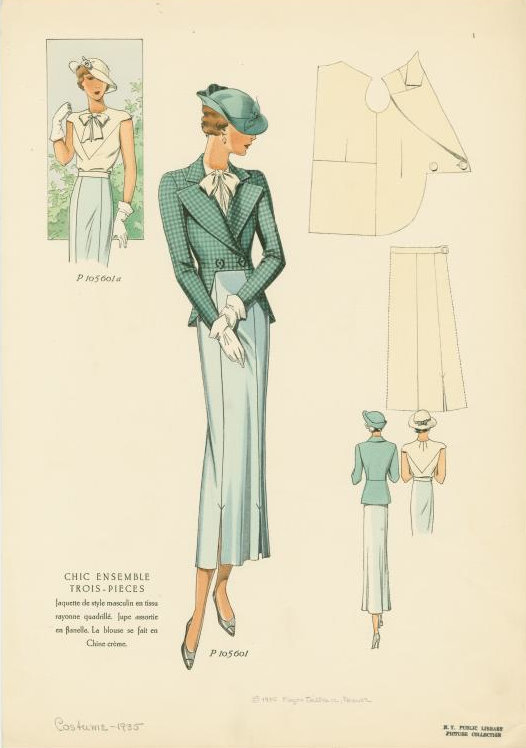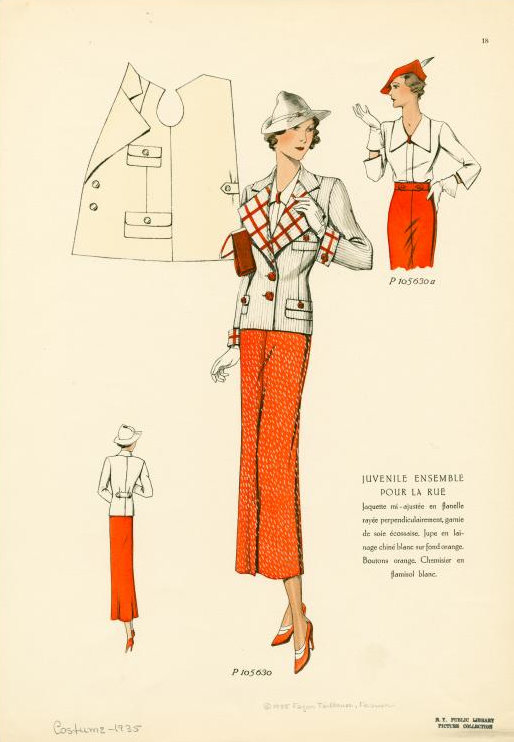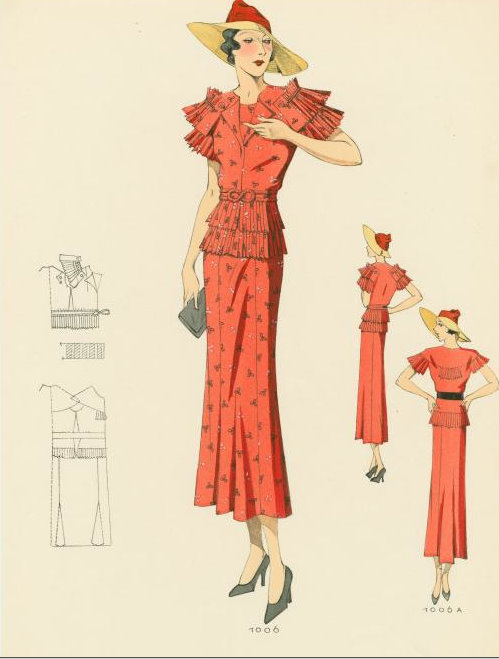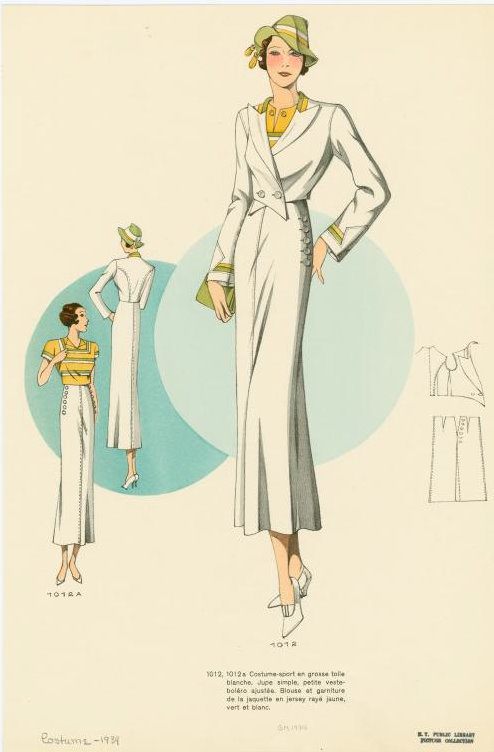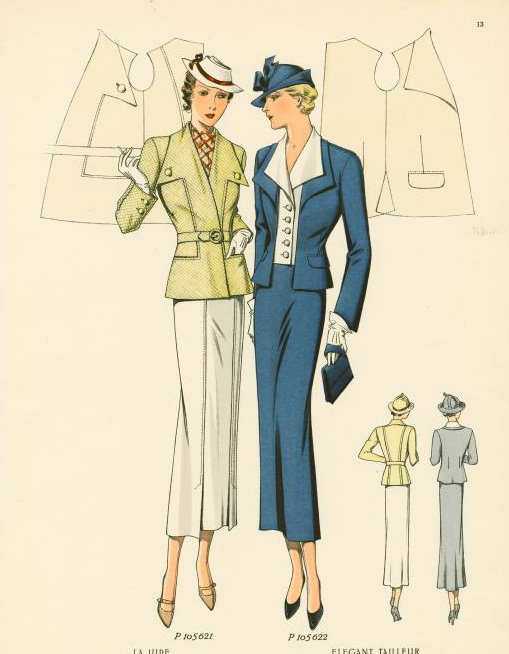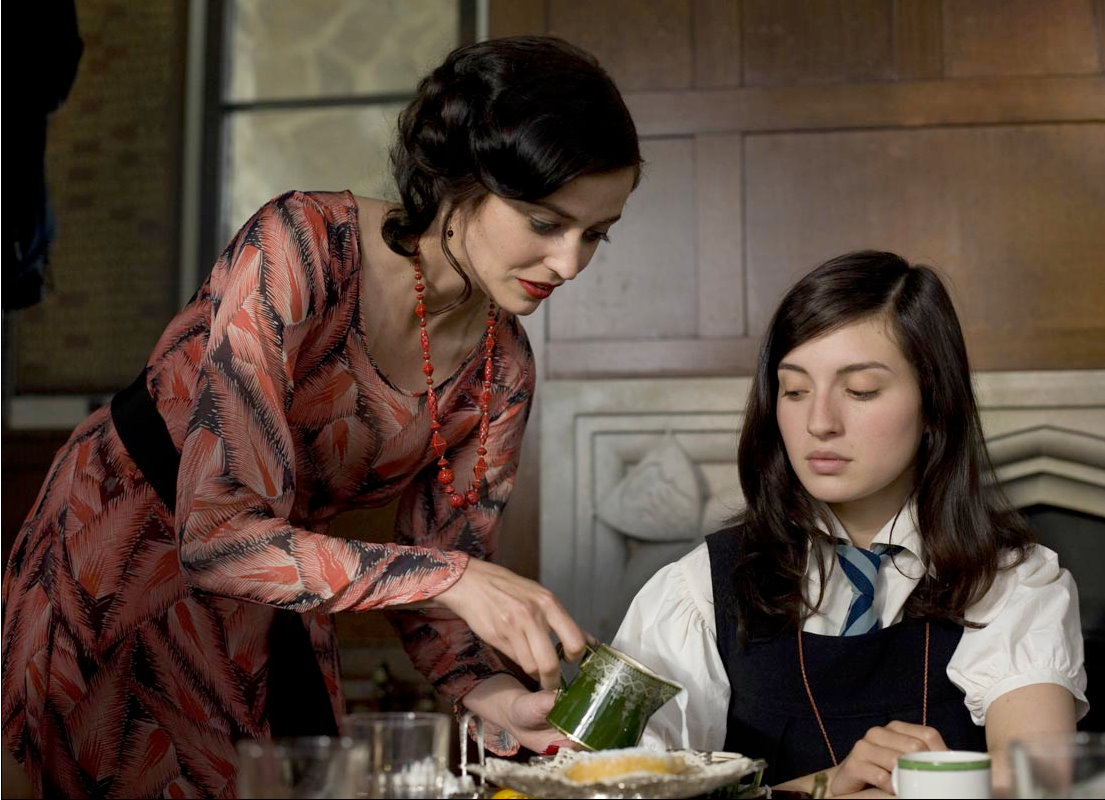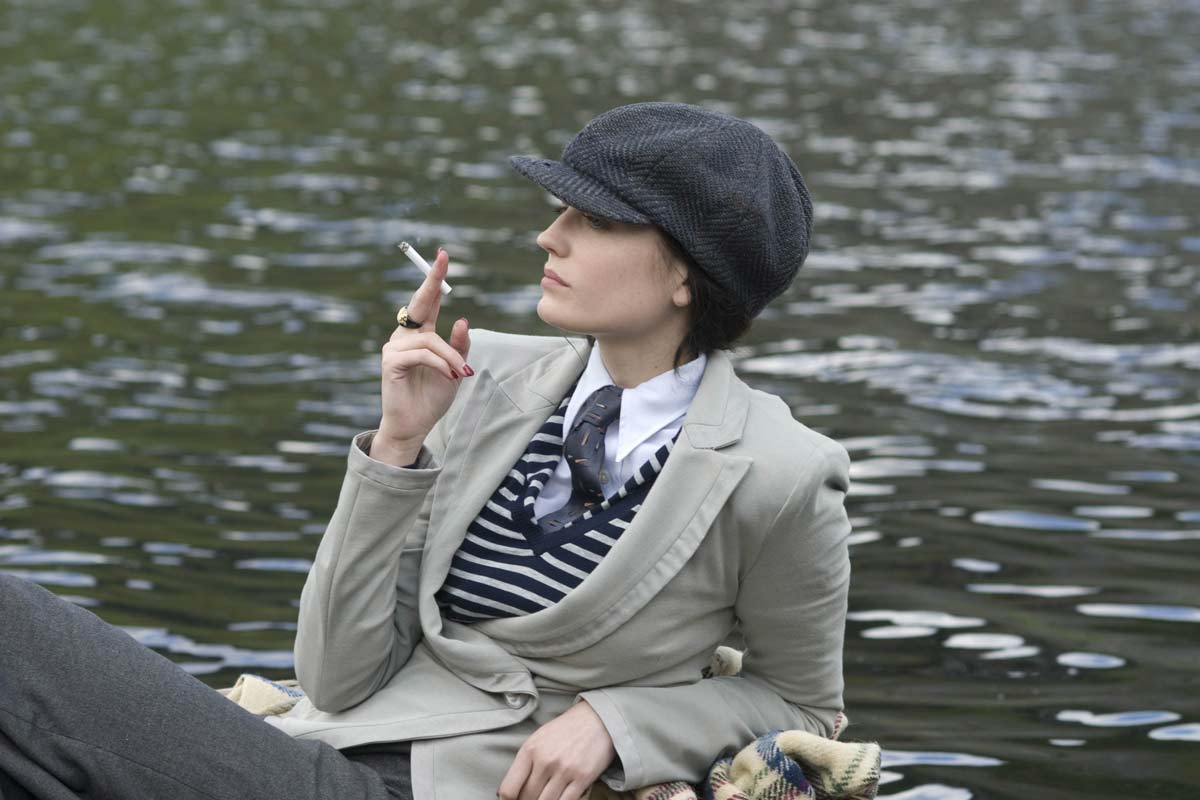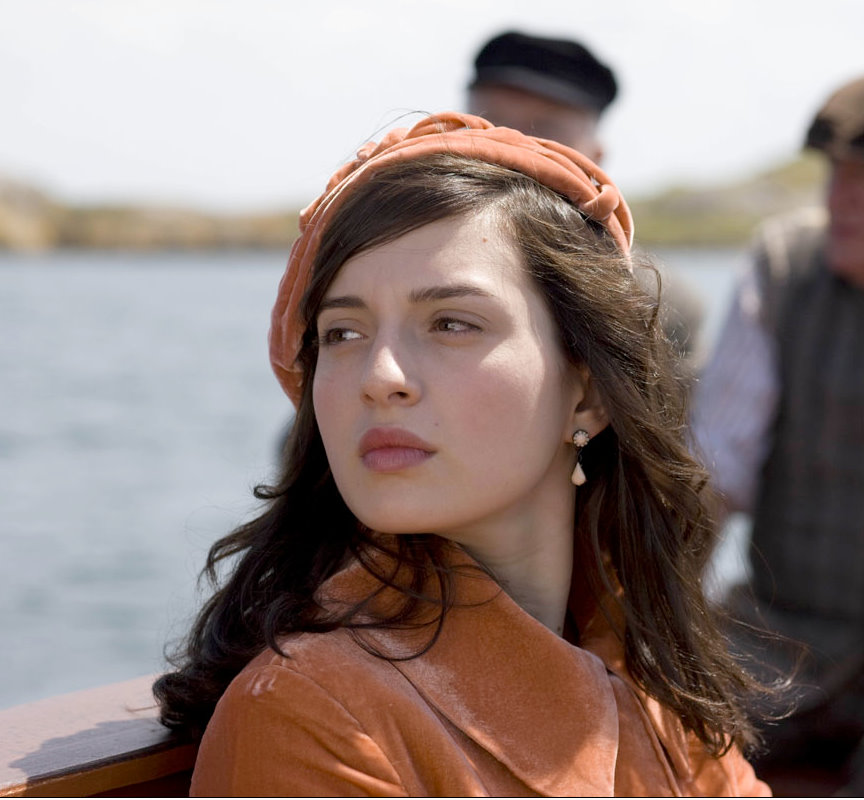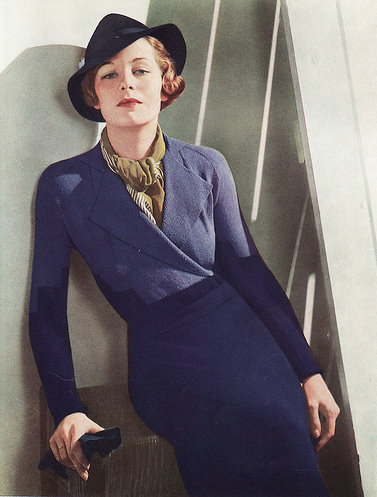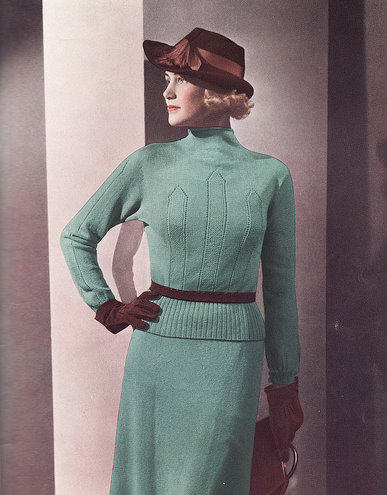What I noted there is what I will note here: assuming these folks were not trying to be avant garde or deliberately just doing their own thing (which I personally respect), buyers of vintage certainly may want to make sure they know the difference between these types of items (especially 1930s-40s varieties of these) if they are wishing to be historically accurate and especially if they want to avoid paying a pretty penny for an item they think is a Jean Harlow evening gown when it is actually a nightgown etc etc. I say this with full awareness that, in my humble opinion, telling some of these items apart can be very very tricky. HOWEVER, as I will also again reiterate, vintage SELLERS (myself included) need to stay on top of their products and do their very best to ensure they are not misleading customers into thinking what they are buying is a "Jean Harlow" evening gown when actually the item is a vintage slip or nightie!!!
Now, no one is perfect. I openly admit that I am relatively new to the vintage buying game and there's lots of info to learn about when it comes to vintage clothing. BUT I try my darndest to make sure I am as close to possible in terms of accurate date or provenance as possible...and if I don't know, I ask, I research, I admit as much in the listing. (That reminds me, if any of you vintage or textile experts out there ever see anything in my shop that you don't think I've described correctly in terms of decade or fabric or whatever, I'll always appreciate a courteous convo through my shop to that effect!!!).
Now, back to the point above: lest you think this type of mis-listing is not going on as I type this, I have some images to show you of items being sold on Ebay and Etsy right now. Before I do, though I want to state that I'm not including links to the sellers, as my goal here is not to be a Ms. Smarty Pants know it all or to "tell" on other sellers; in fact, if you are a seller and I've showcased one of your garments here, please know that I am not trying to humiliate you. I just think it's useful to show some examples of what both buyers and sellers may want to try to be more aware of when dealing with these types of garments.
Okay, have a look at the images below...all of these items are being sold right now to the public as "1930s gowns." One of the listings for one of these does go on in the body of the description to admit it might be a night gown. So, just for fun, I am going to pose the following questions: Are any of these items actually 1930s evening gowns? If so, which one is the evening gown or which ones are evening gowns? Which are nightgowns? Hostess gowns? Dressing Gowns? How can you tell? What aspects of fabric, detailing, etc, would you say leads you to your conclusion?
1)





Stumped? You're not alone; Here are some tips I hope Lauren from Wearing History doesn't mind I copied from her blog for what to look for when trying to figure out the difference between a 1930s evening gown and other types of gowns (esp. a hostess gown and a nightgown).
"If it's satin, got trapunto on it, and a big zipper up the front it's NOT an evening dress. Just because it's cut on the bias doesn't make it an evening dress either. If it's peach, got little flowers on it, and has ties at the waist your best bet is nightgown. Especially if it's got a tag in it saying the bust size."
Any other tips or tricks for garment identification? Stay tuned....I'll try to reveal the actual identities of the above garments in a little while.









